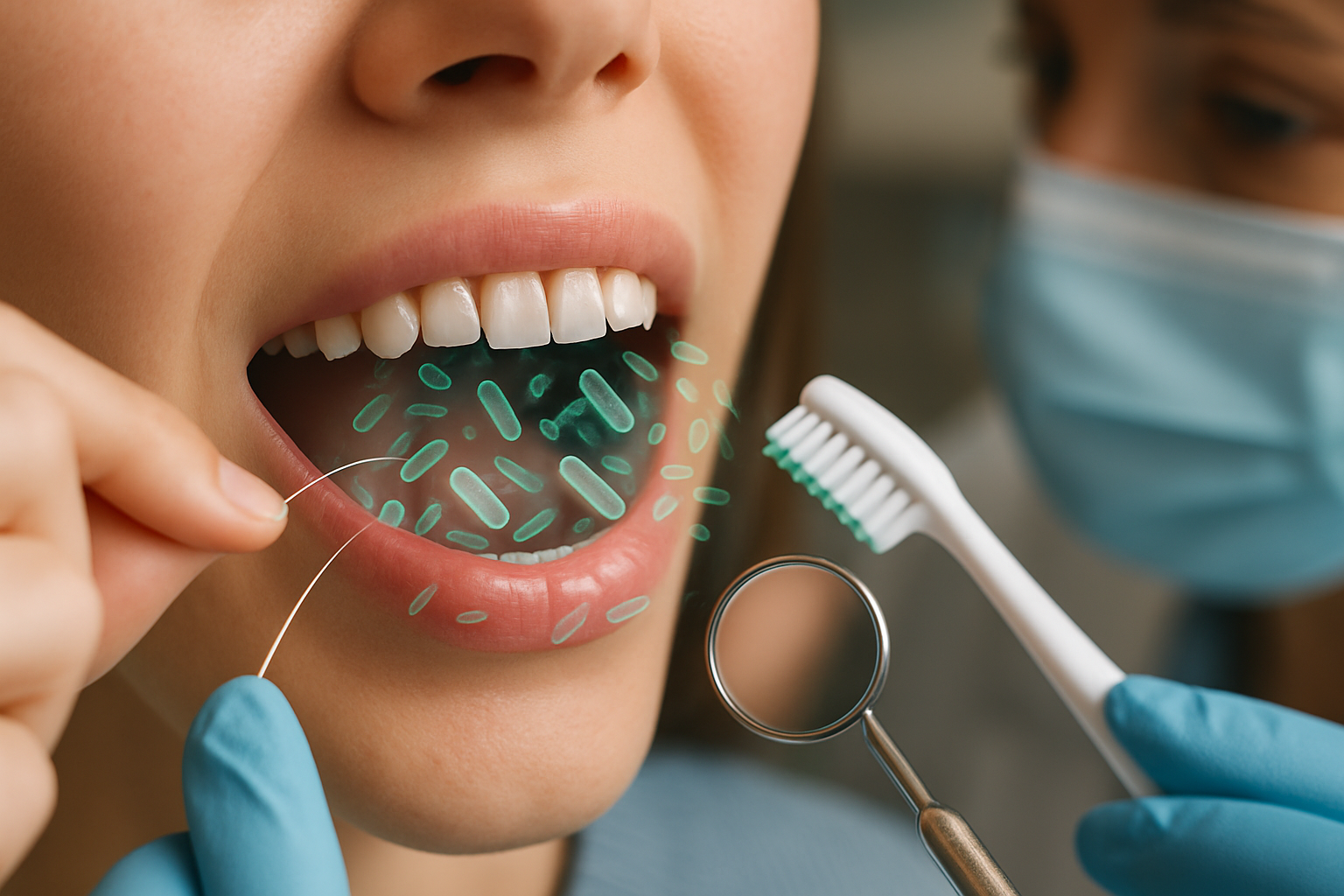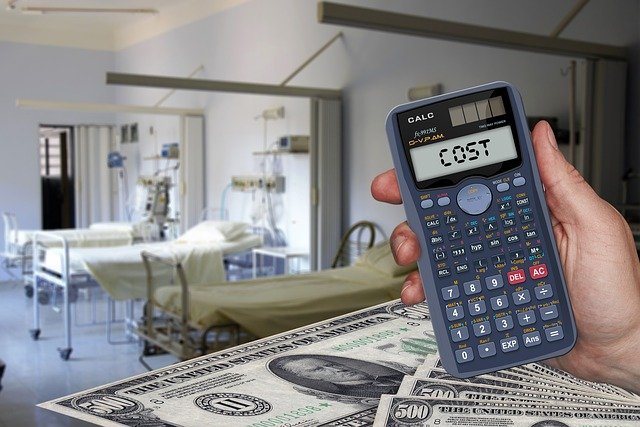How to save money on dental services in the United States?
Dental care in the U.S. can be expensive — but there are smart ways to cut costs without sacrificing your smile. Compare prices between clinics, look for dental schools offering discounted services, and check if your insurance covers preventive care. Regular checkups save money long-term!

Dental care costs in America continue to rise, creating financial barriers for many families seeking essential oral health services. According to recent statistics, approximately 74 million Americans lack dental insurance coverage, forcing them to pay full price for treatments or—worse—avoid dental care altogether. The good news is that with some research and planning, there are multiple ways to maintain your oral health without breaking the bank.
Compare Local Dental Clinics to Find Significant Savings
Many Americans don’t realize how much they can save just by comparing local dental clinics. Prices for identical procedures can vary dramatically between practices, even within the same city. A routine cleaning might cost $75 at one clinic and $150 at another just a few miles away. This price disparity extends to more complex procedures as well—a crown could range from $800 to $1,500 depending on the provider.
Take advantage of free consultations offered by many dentists to discuss treatment plans and associated costs. During these visits, request itemized cost breakdowns and ask about payment options. Some practices may be willing to price match or offer discounts to new patients. Additionally, dental practices in suburban areas typically charge less than those in city centers due to lower overhead costs.
Dental Schools: Quality Care at Fraction of the Cost
Dental schools often provide high-quality treatments supervised by professionals—at a fraction of the cost. Students nearing graduation perform procedures under the watchful eyes of experienced faculty dentists, ensuring proper technique while offering services at 30-60% below market rates.
The American Dental Association maintains a directory of accredited dental schools across the country. While appointments at these teaching institutions may take longer and require more visits than private practices, the financial savings can be substantial. For example, a root canal that might cost $1,000 at a private practice could be available for $400-500 at a dental school clinic. These schools typically offer comprehensive services ranging from basic cleanings to complex oral surgeries.
Prevention: The Most Cost-Effective Dental Strategy
Prevention is always cheaper than treatment—regular cleanings can save you hundreds or even thousands of dollars in the long run. Investing in biannual professional cleanings (typically $75-200 per visit) helps detect issues before they require expensive interventions. A small cavity filled early might cost $150-300, while waiting until a root canal and crown are needed could result in $2,000+ in expenses.
Daily home care also plays a crucial role in cost prevention. Using fluoride toothpaste, flossing regularly, and replacing your toothbrush every three months are small investments that yield significant financial returns. Additionally, lifestyle choices like reducing sugar consumption, avoiding tobacco, and limiting acidic beverages can prevent costly dental problems.
Seasonal Discounts and Membership Plans
Some clinics offer seasonal discounts or membership plans for loyal patients. Many practices experience slower periods during certain times of the year (often January-February and August-September) and may offer promotions to fill appointment slots. These can include discounted cleanings, free exams, or reduced rates on common procedures.
In-house membership plans have also become increasingly popular alternatives to traditional insurance. For an annual fee (typically $250-400), these plans often include: - Two annual cleanings and exams - Necessary X-rays - 10-20% discounts on additional treatments - No annual maximums or waiting periods
For families or individuals requiring regular dental work, these membership plans often provide better value than commercial dental insurance with its limitations and exclusions.
Dental Discount Plans and Cards
Online dental plans and discount cards can significantly reduce your out-of-pocket expenses. Unlike traditional insurance, these programs operate on a membership model, charging annual fees ranging from $80-200 for access to pre-negotiated discounts at participating providers.
| Plan Type | Average Annual Cost | Typical Discount | Network Size | Waiting Period |
|---|---|---|---|---|
| Dental Discount Card | $80-150 | 10-60% | 100,000+ dentists | None |
| DentalPlans.com | $120-190 | 20-50% | 140,000+ dentists | None |
| Aetna Dental Access | $100-170 | 15-50% | 132,000+ dentists | None |
| Cigna Dental Savings | $130-180 | 15-50% | 92,000+ dentists | None |
Prices, rates, or cost estimates mentioned in this article are based on the latest available information but may change over time. Independent research is advised before making financial decisions.
These plans provide immediate savings with no waiting periods, annual maximums, or claim forms. However, it’s important to verify that your preferred dentist participates in the network before purchasing a membership. Some plans also offer additional benefits like discounts on vision care, hearing aids, or prescription medications.
Government and Non-Profit Assistance Programs
For those facing significant financial hardship, government and non-profit programs can provide dental care at reduced or no cost. Medicaid offers dental benefits in some states, particularly for children through the Early and Periodic Screening, Diagnostic and Treatment (EPSDT) benefit. The Children’s Health Insurance Program (CHIP) provides comprehensive dental coverage for eligible children.
Community health centers funded by the Health Resources and Services Administration offer sliding-scale fees based on ability to pay. Additionally, organizations like Dental Lifeline Network and Mission of Mercy host free dental clinics throughout the year. The United Way’s 211 service can connect individuals with local dental assistance programs based on their specific circumstances and needs.
Maintaining good dental health doesn’t have to drain your finances. By researching options, focusing on prevention, and utilizing available discount programs, Americans can access quality dental care at prices that won’t cause financial pain. The key is being proactive—both in oral hygiene practices and in seeking out cost-saving opportunities before dental emergencies arise.
This article is for informational purposes only and should not be considered medical advice. Please consult a qualified healthcare professional for personalized guidance and treatment.




